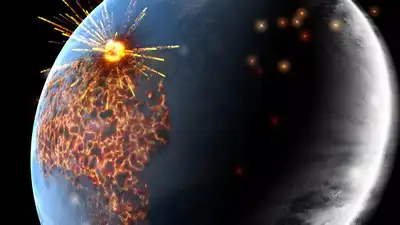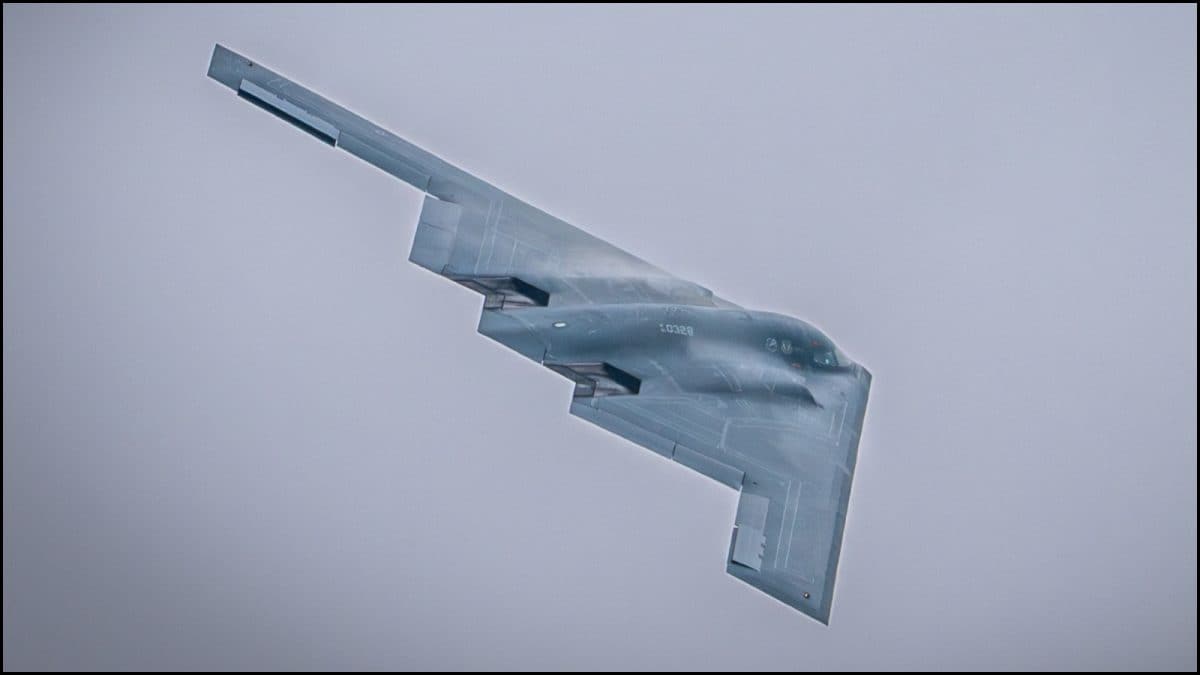ARTICLE AD BOX

Most of the time, asteroids pass Earth unnoticed, lost in the vastness of space. But not always. A few have made their way down– and when they did, the consequences were devastating.
Some left behind craters, others wiped out entire ecosystems.That’s why June 30 is marked as Asteroid Day, a global reminder of what these space rocks are capable of. The date goes back to 1908, when a huge explosion above Siberia– now known as the Tunguska event– flattened forests across Russia.Here are five times in Earth’s history when asteroids didn’t just fly by– they struck hard.Chelyabinsk, Russia – 2013In February 2013, a bright light appeared in the sky over Chelyabinsk.
At first, it looked like a shooting star, but then it exploded in the air. The blast was so strong that it broke windows across the city. Alarms rang out, and people rushed to take cover.

More than 1,500 people were hurt, mostly by broken glass. The asteroid, about 20 metres wide, broke apart around 30 kilometres above the ground. It didn’t leave a crater, but it still caused serious damage. The entire event was caught on security cameras, making it clear that space threats are real– and can happen without warning.
Tunguska, Siberia – 1908It happened early one morning over the forests of Siberia. A massive explosion shook the sky, and trees fell across the land for miles. There was no visible fireball, just a wave of destruction that spread through the wilderness.

Nearly 80 million trees were knocked down. People in nearby villages felt the ground shake. For days, the sky stayed unusually bright at night. Scientists believe a 100-metre-wide asteroid exploded in the air before reaching the ground.
No crater was found, but the damage covered 2,000 square kilometres. It’s still the biggest asteroid-related explosion recorded in modern history.Meteor Crater, Arizona – 50,000 years agoIn the desert of northern Arizona, there’s a well-preserved crater about 1.2 kilometres wide. It was created thousands of years ago by a 50-metre-wide metallic asteroid, long before humans lived in the area.Today, it's called Meteor Crater or Barringer Crater, and scientists still study it to understand how planets react to powerful impacts.
Unlike many old craters that have worn away over time, this one has stayed mostly intact, offering a rare look into Earth’s ancient past.Chesapeake Bay, USA – 35 million years agoLong before Chesapeake Bay existed, a massive asteroid hit what is now the eastern coast of the United States. The impact created a huge 85-kilometre-wide crater, which is now hidden beneath rock and water.Years later, scientists used seismic surveys to find the shape of the crater beneath the bay.
The asteroid was likely around 2 kilometres wide. The strike changed the region’s underground structure and even affected how water flows and how the coastline looks today.

Chicxulub, Mexico – 66 million years agoThis is the asteroid impact most people hear about in school– the one linked to the extinction of the dinosaurs. The asteroid itself was huge, about 10 kilometres wide, but the real damage came from what happened after it hit.The collision sparked massive wildfires, threw dust into the air, blocked sunlight, and caused temperatures to drop. Ecosystems broke down, and nearly 75% of all life on Earth disappeared. The Chicxulub Crater, found beneath Mexico’s Yucatán Peninsula, still marks the site of that impact– and the global silence that followed.



.png)
.png)
.png)
















 5 hours ago
4
5 hours ago
4









 English (US) ·
English (US) ·